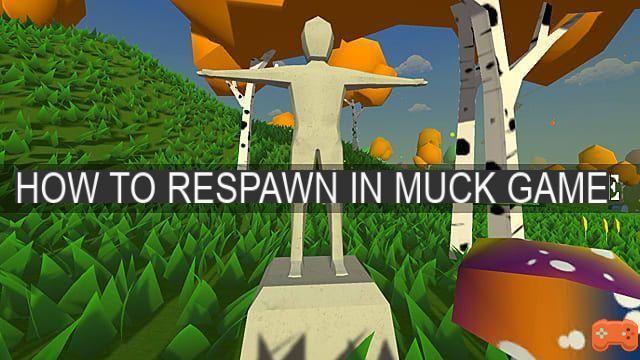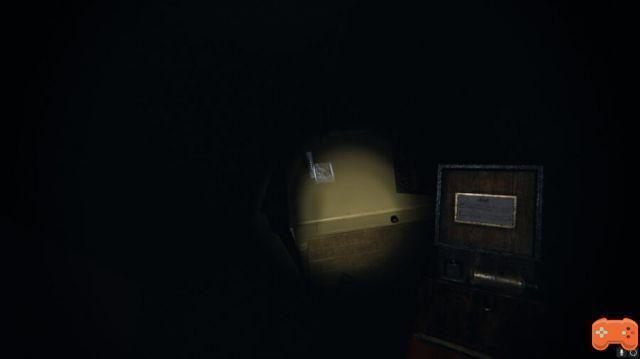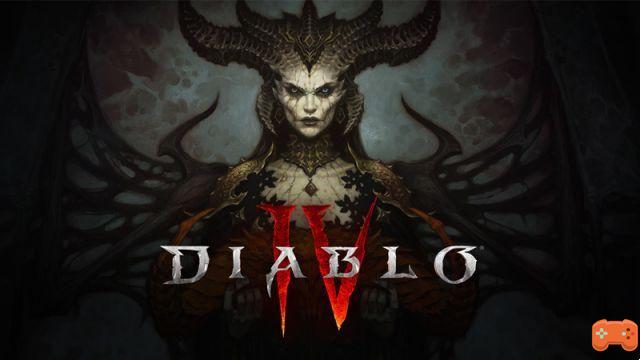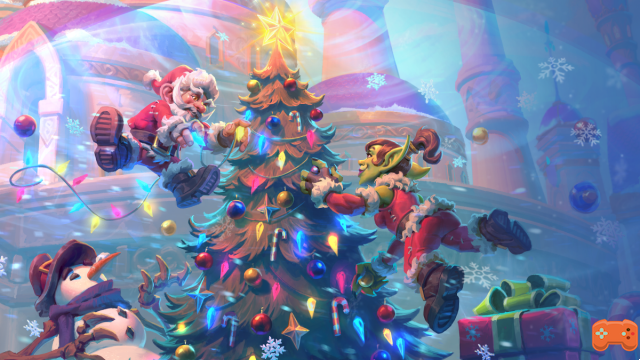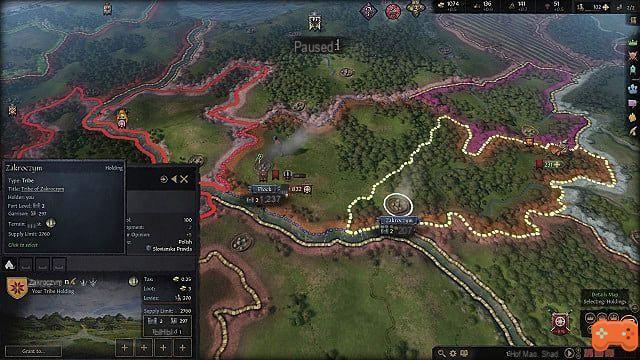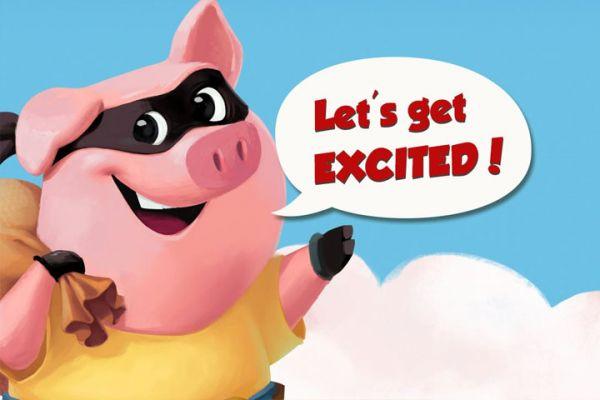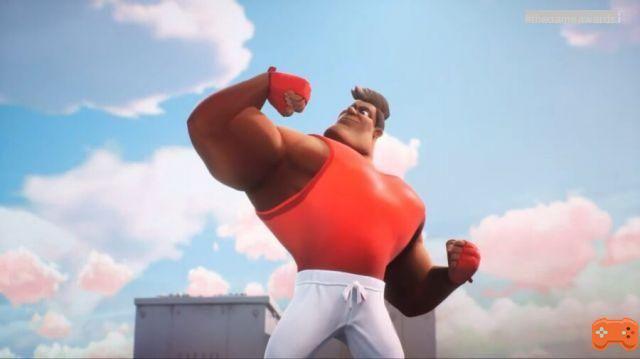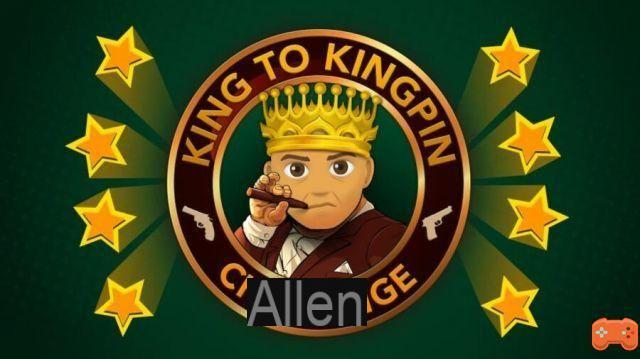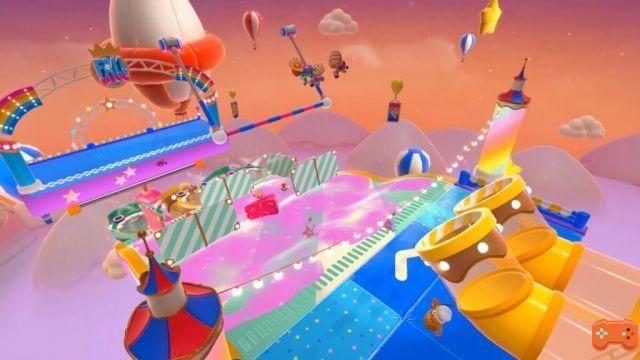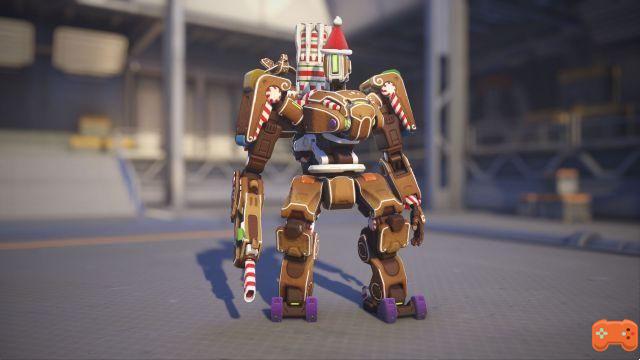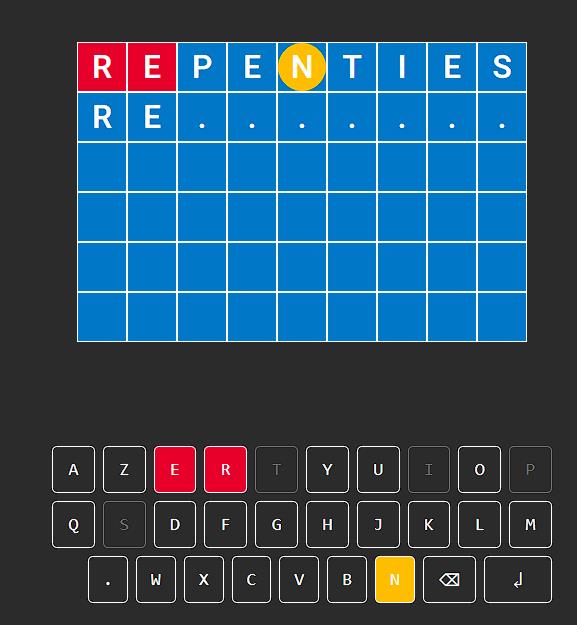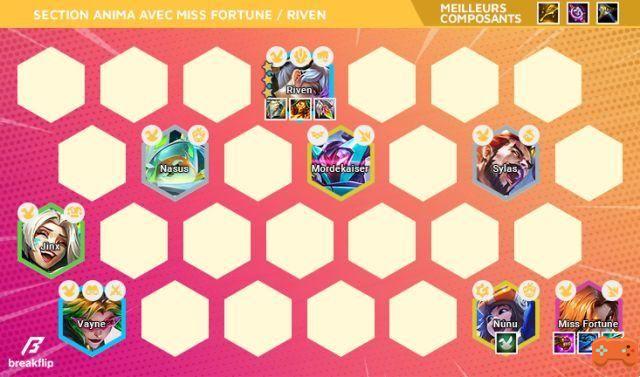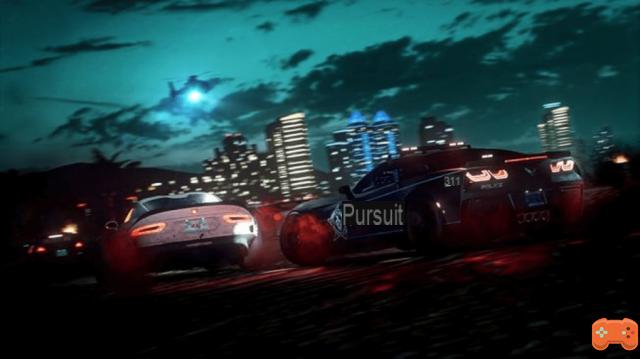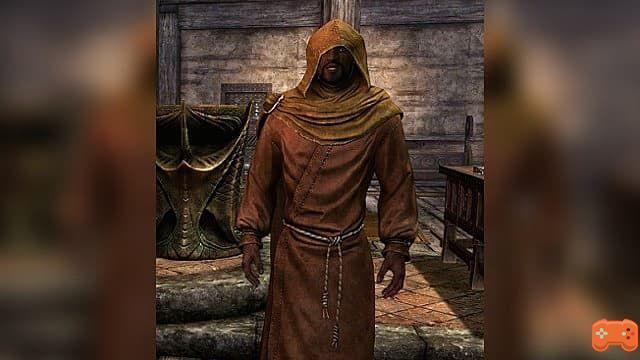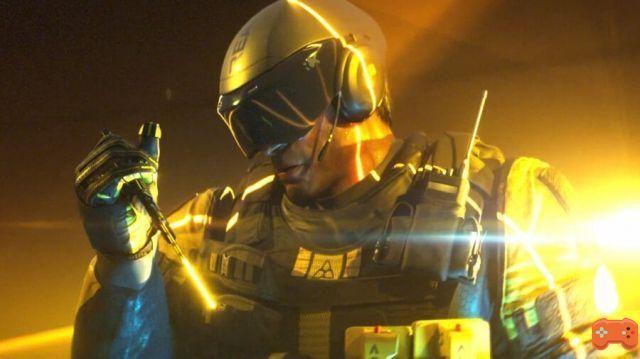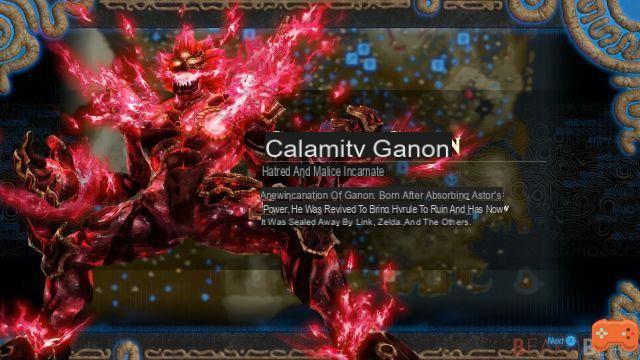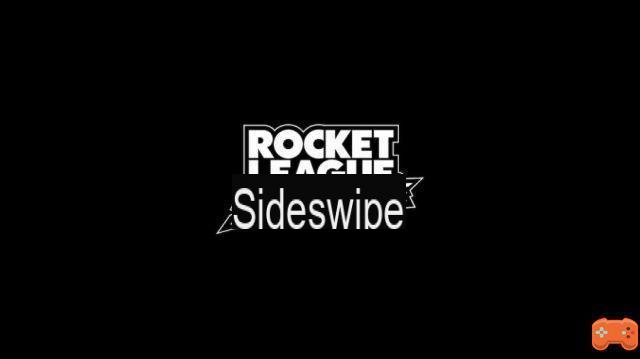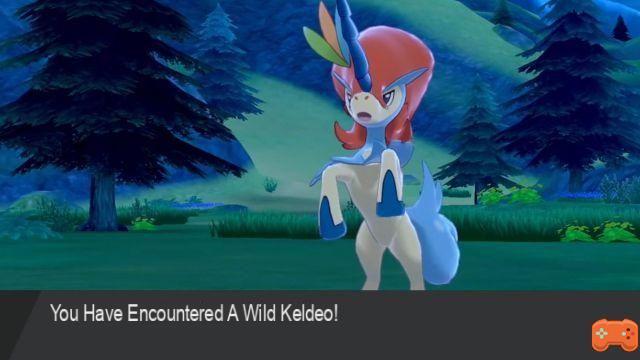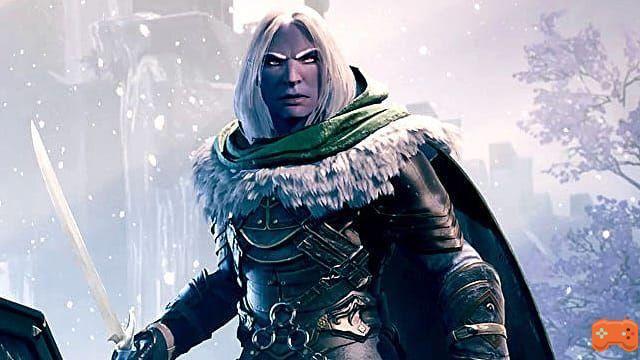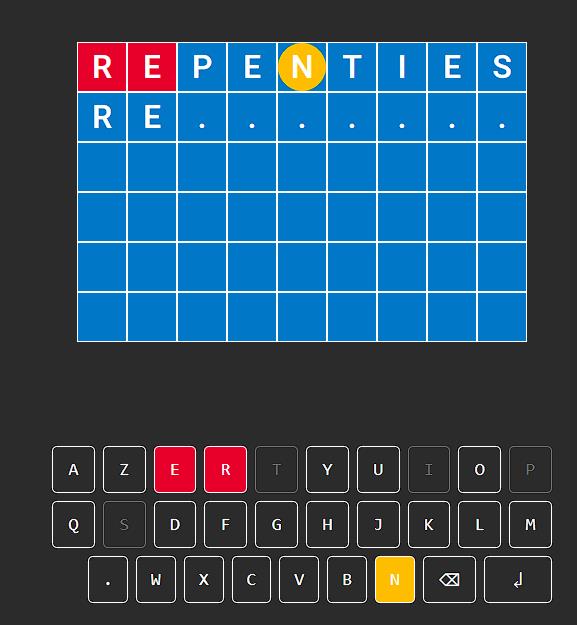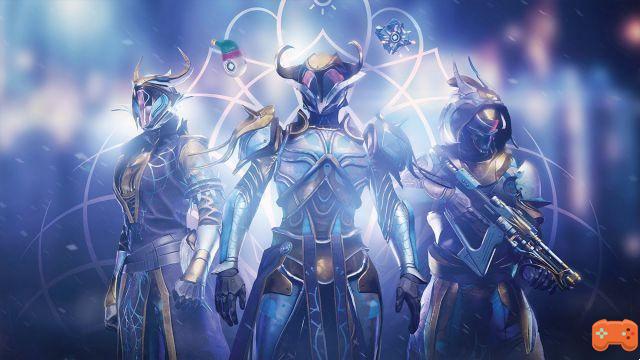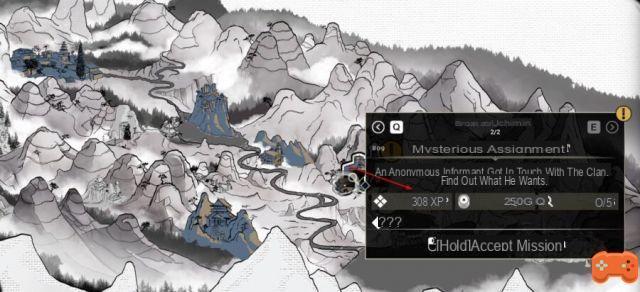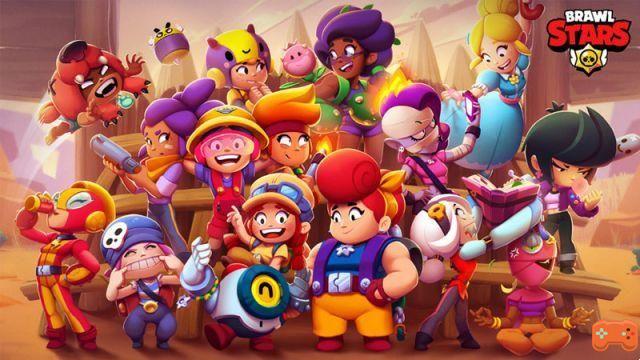It's already passed its first birthday on PC and gone through some major changes, but Gwent is finally here on mobile (even Android!). It's such a timely and refreshing GCC and, of course, it's a beloved IP and has an incredible amount of visual effects and polish. It's pretty and feature-rich at launch, with resounding audio effects, detailed orchestral notation, and flashy premium card animations.
Gwent is a powerhouse because, in its deepest guts, the game structure is radically different from the competition. It's not a battle, but rather a power struggle between two players to keep a higher total over three rounds. The card advantage is incredibly important, and the hand drawing and management mechanics minimize top deck RNG almost entirely. It has a huge pool of cards with enticing synergies between the different factions.
In this guide to Gwent, we'll cover the base game, deck-building strategies, its currency system, and finally, some best practices for thwarting the game's monetization scheme. So if you were hoping to play completely free, we maybe we could help you with that.
Oh, and if you're looking for other card games to play on mobile, check out our list of the best mobile card games.
Here's what our Gwent guide contains:
How to play GWENT?
Gwent is available as a free game on iOS and Android.
A Gwent match is a best-of-three round. The active player plays one card from their hand per turn and resolves its effect, then passes play to their opponent. Most cards are units that add their power to their owner's total. To win a round, you just need to have the highest power total when your opponent passes. To liven things up, Gwent's draw structure is rather unique: 10 cards for each player to start, then three more draws at the start of the second and third rounds. There are mulligans for each round, so the decks are very consistent.
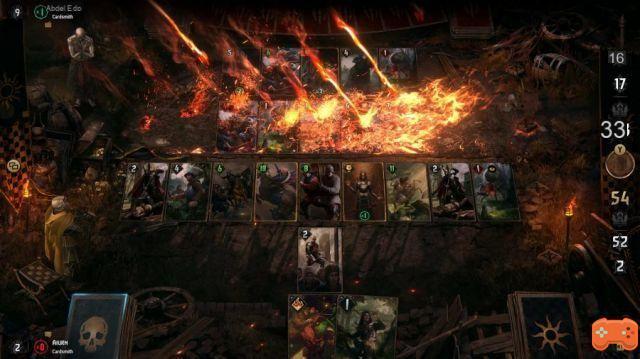
How do rewards work?
Each won match gives ore. Each level gives reward keys, which are used in the reward book to unlock skins and tons of in-game currencies. At first, the game gives you a sweet honeymoon phase, showering you with keys that start whatever dream deck you're aiming for. The largest reaches level 60, after which barrels will always contain an extra rare. This is just one of the many ways Gwent rewards experience over spending.
What is the difference between factions?
Each faction has an exclusive pool of leader cards and abilities, as well as a few key mechanics that cement their unique identity. The Northern Kingdoms are all on a generalist approach, with equal options for polishing friendlies and weakening the opposition, with some utility. The Scoia'Tael are the non-human sentients, representing mystical races like elves and dwarves along with a few other exotic inhabitants.
They have special bonuses for various unit subtypes and rely heavily on their unique trap cards, creating giant reactions to enemy moves. The Skellige are the gruesome and morbid faction, with plenty of self-sacrifice and graveyard interactions. Death is just another resource for them, and their decks tend to be the strongest at the finish line. The monsters are dynamic, swelling their ranks and devouring each other. They have the biggest creatures and the biggest swarms.
What is a Gwentsday?
Every Wednesday is Gwentsday and has a bonus experience for every game. The game always has timed promotions like this, either for different factions or to promote a new set or season start. Basically, just follow them on social media (Facebook or Twitter) or just browse the in-game landing page for a time-sensitive bonus review.
How does the arena work?
Arena is Gwent's draft format where you build a deck by selecting cards one at a time from a bundle of offers. The resulting game, which is assembled regardless of provision costs, is used until you lose three games or win nine. At the end of the race, you get paid based on your performance. The cost of entry is a bit more than the price of a keg, but a keg is also part of the guaranteed reward pack for participation, so the arena is worth it if you like the creativity and flexibility required by the draft format.
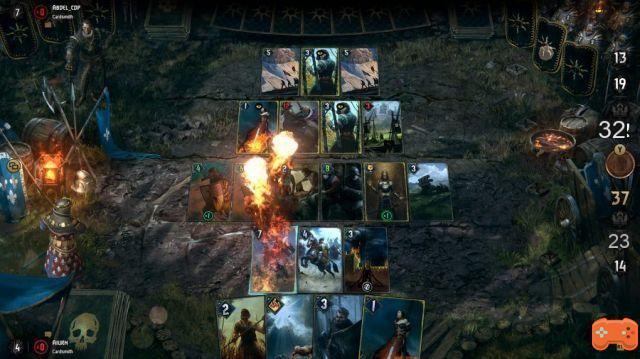
It takes a lot of experience and familiarity with the whole card pool to draft quickly and confidently.
deck building tips
First, consider your starting faction and leader ability. These should be selected based on maps already unlocked and personal playstyle preferences. Each deck must have at least 25 cards, 23 units, and be under the supply limit. Stronger or more distinctive cards have higher provisioning costs, as shown in the lower right.
The deck editor has robust filters to sort the cards you want. Use the search function to narrow down the specific keywords and synergies you want, and create a few clutch additions, and you'll have a custom deck in no time.
What are the optional cosmetics like?
There are leader skins that change your commander's outfit and appearance. The premium map versions display a short looping animation, which really makes the maps pop and come to life. Player avatar icons are unlocked either through the reward book or exclusively through achievements. There are also avatar borders, card backs, and battlefield skins. Please note that most, if not all, are unlocked through consistent play and given out as rewards for very specific achievements. Animated cards are premium and can be purchased at will, but the most prestigious cosmetics simply depend on long-term investment, although a few glamorous products are also sold directly for pure silver.
How do the seasons work in Gwent?
Each month has its own special format with a unique twist on the default rules. The current season, for example, gives each unit resilience and maintains it from round to round unless destroyed. Simple to read and understand the change, but it has huge implications for building bridges. Each season has its own unique reward and title unlock, so it's better to go deep in any given season than to spread your time evenly throughout the year. Rule changes in this optional formal create a side meta that is never the same twice.
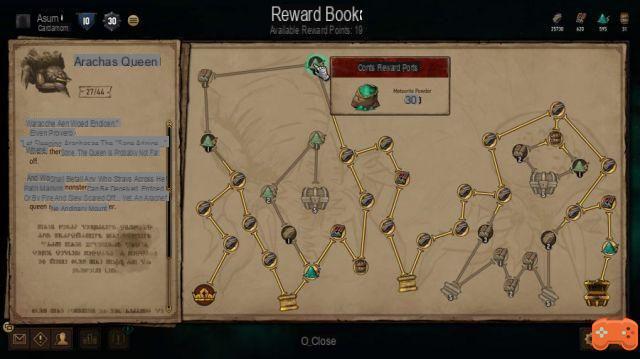
How can I play for free?
Log in and do your daily quests. Also, draw a direct route from your existing collection to the next card(s) you want. That means researching deck archetypes and budgeting to streamline the path from your current setup to the next best thing. Have a decent deck for each of the factions, but be as precise and focused as possible.
To get your money's worth, simply imitate the leaders or a specific synergy. Invest in high-quality neutral cards, like Witchers, which are all conditionally strong and fit into a variety of decks.
How is Gwent different from other card games?
Theme, progression and gameplay. For all Reiner Knizia fans, Gwent owes a good part of his heart to Blue Moon. Even though a single match of Gwent doesn't take more rounds than Hearthstone, it feels so much more tense because of the structure. Each card is extremely important. Card advantage is king and efficiency is the dominant paradigm. Bridge building is incredibly intense and matches often come down to a single decision.
Progression is generous, with the game offering in-game currency for daily logins, matches played, levels, and achievements. It has more systems in place to unlock cards for free than almost any other game except maybe Eternal. Finally, for anyone who knows a bit about Witcher books or games, this game is full of flavors and hints. All the main characters are cards, and their characters have been well translated into game effects.
What is Thronebreaker's big deal and where is it?
Thronebreaker is Gwent's standalone single-player expansion. It features matches spanning quite a long campaign with cell-dubbed graphics and voice acting as well as an original storyline with a flavor of choose-your-own adventure. It was released just over a year ago and is a premium companion game for Gwent, although it serves as a robust intro. It's still worth recommending to PC users, but has no sign of making the leap to mobile anytime soon.
How does Journey work?
Journey is, in effect, Gwent's version of a traditional battle pass. It offers you 100 tiers of rewards on two different tiers: standard (free) and premium. A season lasts three months and you progress by playing and winning matches in one of Gwent's competitive modes.
Rewards include player avatars, reward points, card kegs, leader skins, and ornaments. During Journey's first season, Geralt was available as a premium legendary leader skin, and you can customize it by unlocking new weapons, armor, trophies, and accessories as you progress through a season of Gwent.
Not only that, but there is also a weekly story that unfolds every week. It involves Geralt and his buddy Dandelion going on adventures, and you can take on quests to further speed up your progress through Journey.




